Que sont les jeans rigides ? Découvrez leur style et leur durabilité.
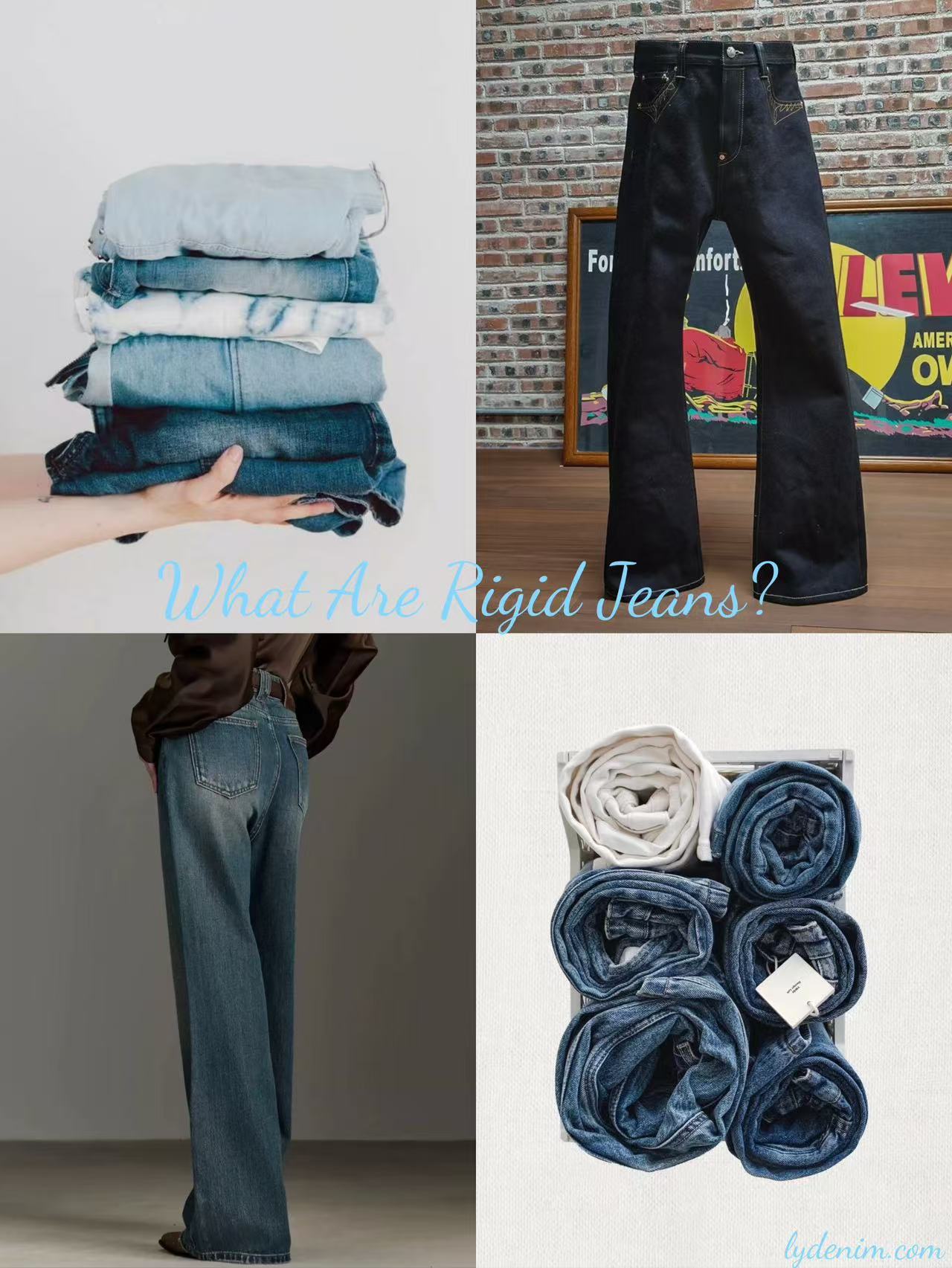
Temps de lecture estimé : ~8 minutes
Introduction
Les jeans rigides, souvent appelés denim brut ou jeans rigides, représentent un pilier de la mode classique, célébrés pour leur durabilité, leurs motifs de décoloration uniques et leur style authentique. Fabriqués en denim de coton 100% non lavé ni traité, ces jeans sont initialement rigides, mais s'assouplissent à l'usage, offrant un ajustement personnalisé. Malgré leur inconfort initial, les jeans rigides sont appréciés pour leur longévité et leur esthétique distinctive, ce qui en fait un favori des amateurs de denim. Cet article explore en détail les jeans rigides, abordant leurs matériaux, leur production, leur confort, leur entretien et les comparant à d'autres types de jeans. Il aborde également des questions courantes, telles que le rétrécissement des jeans rigides, comment les assouplir et pourquoi ils restent populaires malgré leur rigidité initiale.

Jean rigide
Que sont les jeans rigides ?
Les jeans rigides sont des pantalons confectionnés en denim brut, un coton 100% non lavé qui conserve sa rigidité naturelle grâce à l'absence de prélavage ou d'assouplissant. Contrairement aux jeans stretch, qui intègrent des fibres élastiques comme l'élasthanne, les jeans rigides ne sont pas extensibles, ce qui leur confère une texture ferme. Au fil du temps, grâce à un port régulier, ils épousent les formes du corps, créant une coupe sur mesure et des motifs de décoloration uniques qui reflètent le style de vie de chacun. Ce processus d'adaptation est une caractéristique des jeans rigides, qui séduisent ceux qui apprécient l'individualité de leurs vêtements.

Jean rigide
Matériaux et production
Les matériaux et le processus de production des jeans rigides contribuent à leurs caractéristiques distinctives :
-
Matière première: Généralement fabriqué à partir de coton à longues fibres, apprécié pour sa durabilité et sa douceur éventuelle.
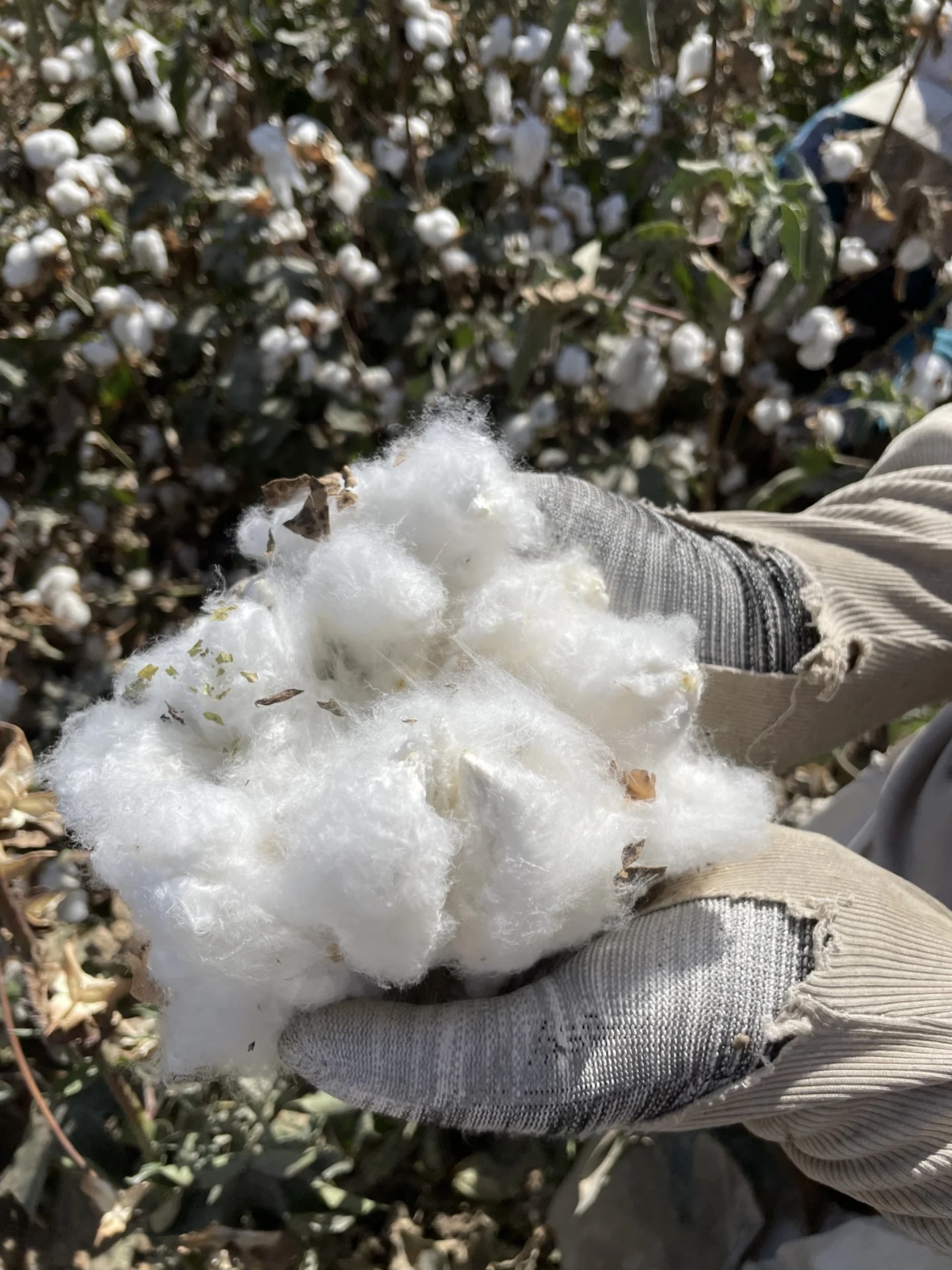
Jean rigide
-
Teinture:Les fils de chaîne sont teints à l'indigo, donnant la teinte bleue classique, tandis que les fils de trame restent non teints, créant un effet bicolore.

Teinture
-
Tissage:Un tissage sergé (souvent 3×1 ou 2×1) produit des stries diagonales, améliorant la résistance et la texture. Le denim selvedge, une sous-catégorie du denim rigide, est tissé sur des métiers à navette traditionnels, avec des bords colorés pour éviter l'effilochage.
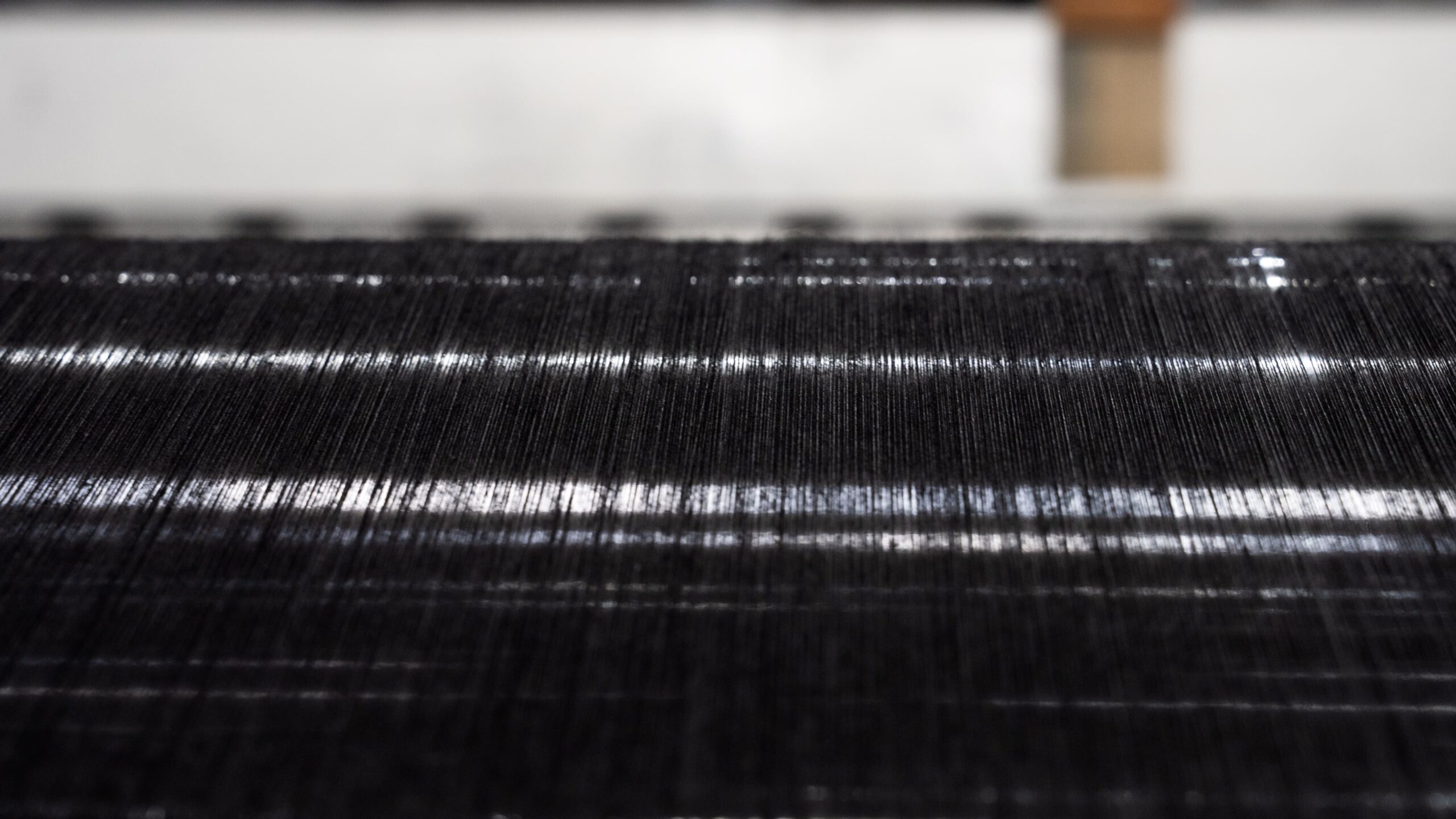
-
Pas de finition:Les jeans rigides évitent les traitements post-tissage comme le lavage à la pierre, préservant ainsi leur état rigide et brut.
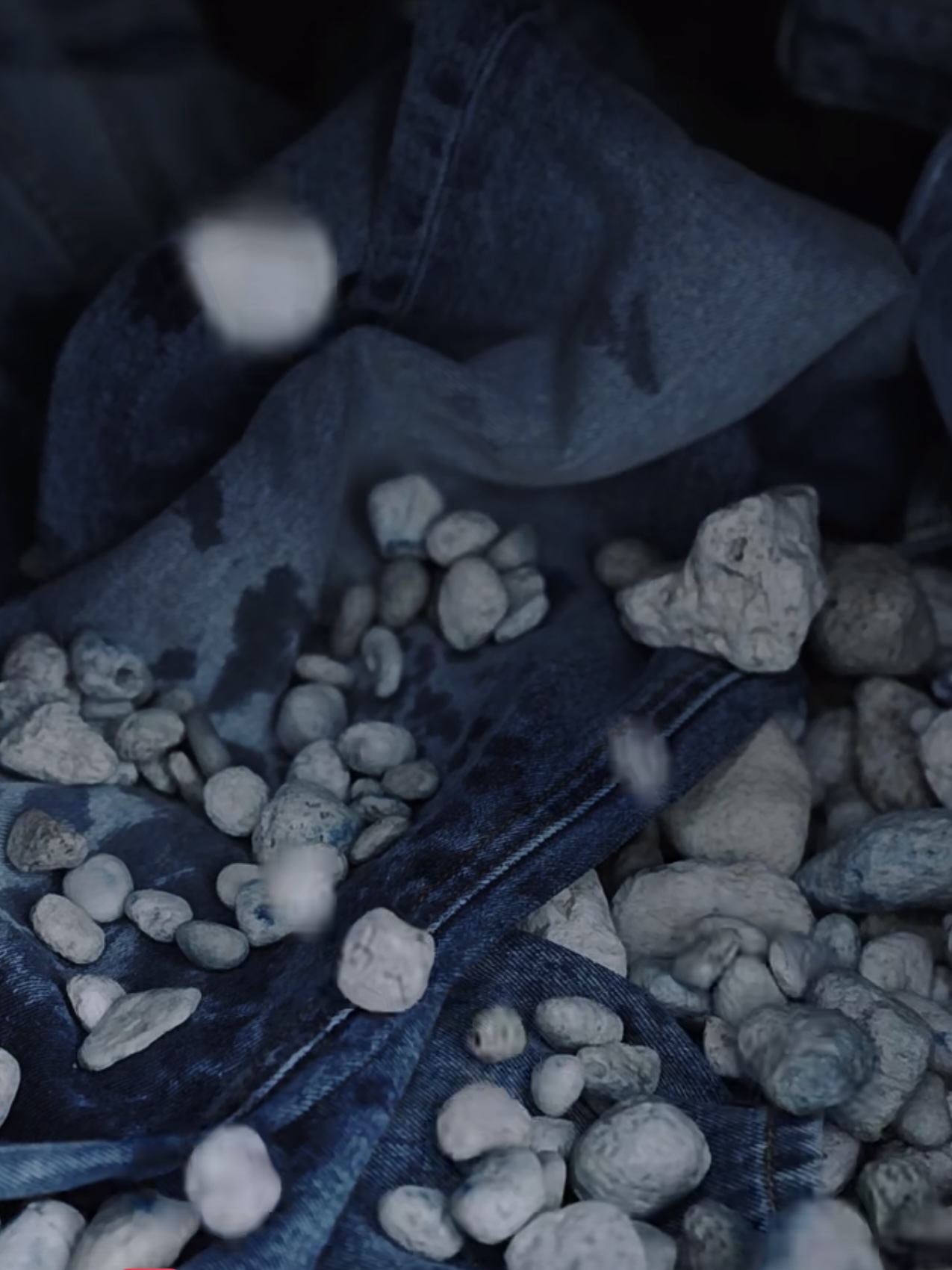
laver
|
Caractéristiques |
Jeans rigides |
Jeans extensibles |
|---|---|---|
|
Composition |
Coton 100% |
Coton + élasthanne 2-5% |
|
Poids |
10 à 22 oz |
8 à 14 oz |
|
Extensible |
Aucun |
15-85% |
|
Durabilité |
Haut |
Modéré |
Comparaison avec les jeans extensibles
Les jeans rigides diffèrent considérablement des jeans extensibles en termes de confort, de durabilité et de style :
-
Jeans rigides:Fabriqués en coton 100%, ils sont initialement rigides et nécessitent des semaines ou des mois pour s'adapter. Leur durabilité est supérieure et ils développent une décoloration à contraste élevé, idéale pour les looks classiques.
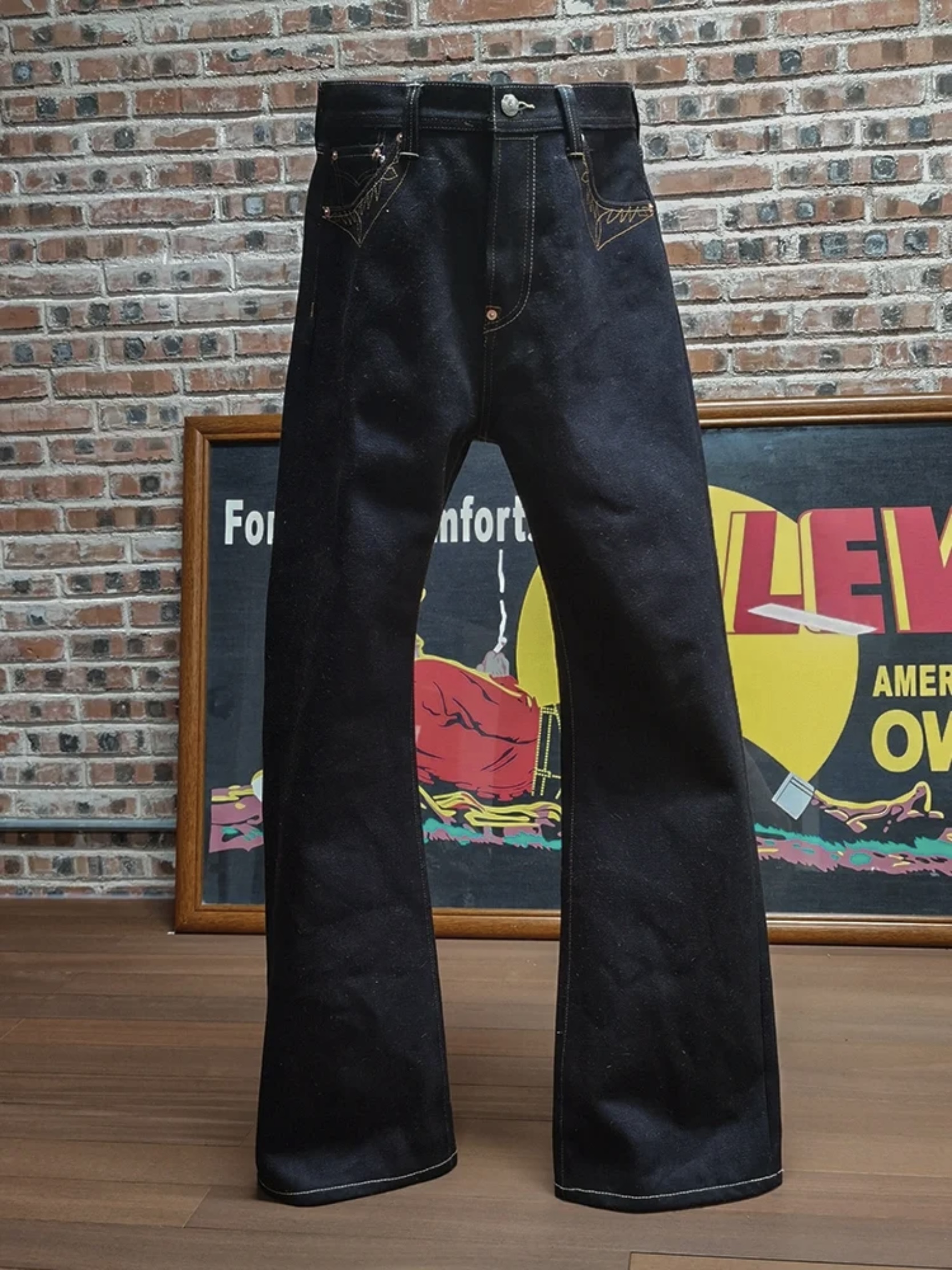
Jean rigide en coton 100%
-
Jeans extensibles: Mélangé à de l'élasthanne 2-5% ou du polyester, il offre un confort et une élasticité immédiats, adaptés aux coupes ajustées. Cependant, les fibres élastiques peuvent se dégrader, réduisant ainsi leur durée de vie, et la décoloration est moins prononcée.

lisière à faible élasticité
Des recherches suggèrent que les jeans rigides peuvent durer des années de plus que les jeans extensibles en raison de leur construction robuste
Améliorer Confort dans un jean rigide
Les nouveaux jeans rigides peuvent être inconfortables en raison de leur rigidité, mais plusieurs méthodes peuvent améliorer leur portabilité :
-
Tenue régulière:Un port prolongé, notamment à domicile, permet aux fibres de se détendre naturellement.
-
Activité physique:Des mouvements comme s'accroupir ou marcher aident à détendre le tissu.
-
Trempage à l'eau froide:Le trempage dans l'eau froide peut aider à mouler le jean au corps, bien qu'il risque un léger rétrécissement.
-
Sprays adoucissants:Les sprays denim spécialisés réduisent la rigidité sans nécessiter de lavage complet.
Entretien et maintenance
Un entretien approprié préserve la forme, la durabilité et la décoloration des jeans rigides :
-
Lavage: Laver à l'envers à l'eau froide avec un détergent doux, en évitant l'eau de Javel pour éviter une décoloration excessive.
-
Séchage: Séchez à l'air libre ou utilisez une chaleur douce pour minimiser le rétrécissement, qui peut se produire sur le denim brut.
-
Stockage: Conserver plié ou suspendu à l'abri de la lumière directe du soleil pour préserver l'intégrité des couleurs.
-
Gel:Certains suggèrent de congeler les jeans pour réduire les odeurs et les bactéries, bien que son efficacité soit limitée et ne remplace pas le lavage.
Avantages et considérations
Les jeans rigides offrent plusieurs avantages :
-
Durabilité: Leur tissage en coton 100% et sergé résiste aux déchirures, idéal pour un port longue durée.
-
Personnalisation:La décoloration et le froissement créent un look unique adapté au porteur.
-
Un attrait intemporel:Ils incarnent une esthétique denim classique appréciée des puristes de la mode.
Cependant, leur inconfort initial peut dissuader certains utilisateurs. Si les passionnés apprécient le temps d'adaptation, d'autres préféreront le confort immédiat d'un jean stretch ou prélavé.
Questions fréquemment posées
Vous trouverez ci-dessous des réponses aux questions courantes sur les jeans rigides et les sujets connexes liés au denim :
-
Que sont les jeans rigides ?
Les jeans rigides sont des pantalons en denim de coton 100% non lavés, initialement rigides mais s'adoucissant avec l'usure. -
Qu'est-ce que le denim rigide ?
Le denim rigide est un tissu en coton non traité et non lavé utilisé pour les jeans rigides. -
Les jeans rigides sont-ils confortables ?
Initialement rigides, ils deviennent confortables en s'adaptant au corps à force de les porter. -
Les jeans en denim rigide rétrécissent-ils ?
Oui, le denim brut peut rétrécir, surtout à l'eau chaude. Le lavage à l'eau froide minimise ce phénomène. -
Que sont les jeans amples et rigides ?
Les jeans amples et rigides sont des pantalons en denim rigides avec une coupe décontractée, offrant plus d'espace pour les jambes et les fesses. -
Comment les jeans rigides se comparent-ils aux jeans ordinaires ?
Les jeans classiques sont souvent prélavés et plus doux au départ, tandis que les jeans rigides sont rigides mais développent une coupe personnalisée. -
Que signifie « raide » dans un jean ?
« Rigide » fait référence à la texture rigide et non traitée du denim brut. -
Les jeans extensibles sont-ils moins durables que les jeans traditionnels ?
Oui, le spandex des jeans extensibles peut se dégrader, réduisant ainsi leur longévité par rapport aux jeans rigides. -
Pourquoi les jeans sont-ils inconfortables mais populaires ?
Leur rigidité initiale peut être rebutante, mais leur durabilité, leur style et leur décoloration les rendent emblématiques. -
Quels jeans sont les plus confortables pour les hommes ?
Les jeans droits ou slim légèrement extensibles sont souvent considérés comme les plus confortables. -
La qualité du denim peut-elle être jugée au toucher ?
Oui, le denim de haute qualité est dense, lourd et ferme. -
Coupe slim ou coupe classique/jambe droite ?
La coupe slim est plus serrée au niveau des jambes, tandis que la coupe régulière ou droite maintient une largeur constante. -
Les jeans s'assouplissent-ils avec le temps ?
Oui, les jeans rigides s'assouplissent considérablement avec l'usure et le lavage. -
Pourquoi les jeans pour femmes sont-ils plus confortables que ceux pour hommes ?
Les jeans pour femmes contiennent souvent plus d'élasticité et sont adaptés aux formes plus courbes. -
Les jeans doivent-ils être d'une taille supérieure ou inférieure ?
Pour les jeans rigides, choisissez une taille légèrement inférieure car ils s'étirent avec l'usure. -
Coupe décontractée ou jambe droite ?
La coupe décontractée est plus ample au niveau des hanches et des cuisses ; la jambe droite est uniforme. -
Comment assouplir un jean rigide ?
Portez-le fréquemment, faites de l'exercice ou utilisez des sprays adoucissants. -
Pourquoi les jeans pour hommes sont-ils serrés à l'entrejambe ?
Les coupes ajustées créent un effet serré, tandis que les coupes droites ou décontractées offrent plus d'espace. -
Que sont les jeans stretch ?
Les jeans extensibles contiennent du spandex pour plus de flexibilité et de confort. -
Les jeans déchirés sont-ils inconfortables ?
Les déchirures bien placées sont confortables ; celles mal positionnées peuvent provoquer des irritations. -
Les jeans doivent-ils être serrés au départ ?
Les jeans rigides peuvent sembler serrés mais se desserrent avec l'usure. -
Comment rendre un jean plus doux ?
Porter, laver à l'eau froide ou utiliser un assouplissant. -
Pourquoi certains n’aiment pas les jeans ?
Une rigidité ou un mauvais ajustement peuvent provoquer une gêne ; essayer différents styles peut aider. -
Les jeans skinny sont-ils plus confortables que les jeans classiques ?
Les préférences varient ; les jeans skinny sont plus serrés, les jeans classiques plus amples. -
Les jeans en coton 100% sont-ils extensibles ?
Ils ont une élasticité naturelle minimale par rapport aux mélanges d'élasthanne.
Conclusion
Le jean rigide incarne l'essence même du denim classique, offrant une durabilité, une personnalisation et un style inégalés. Bien qu'il exige de la patience pour s'y habituer, sa capacité à développer une coupe et une esthétique uniques en fait un choix intemporel. En comprenant ses matières, son entretien et ses stratégies de confort, les consommateurs peuvent pleinement adopter le jean rigide comme un incontournable de leur garde-robe.
Services de personnalisation : Jeans rigidesVotre style
La technologie moderne permet de créer du denim sur mesure sans les contraintes traditionnelles :
Explorer les tissus : lydenim.com
Inspiration de conception : Alibaba Langyuantextile
Contact: malone@lydenim.com pour des demandes sur mesure.
